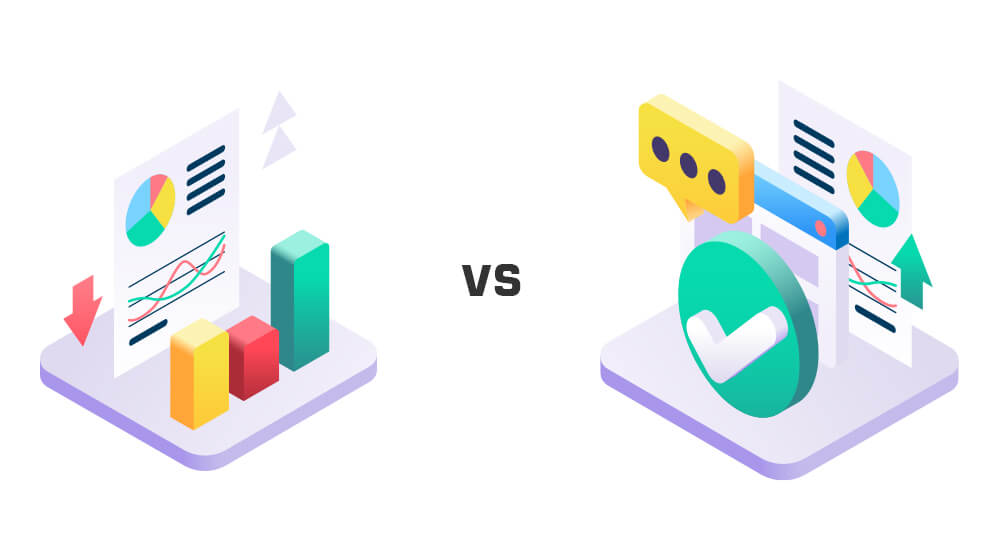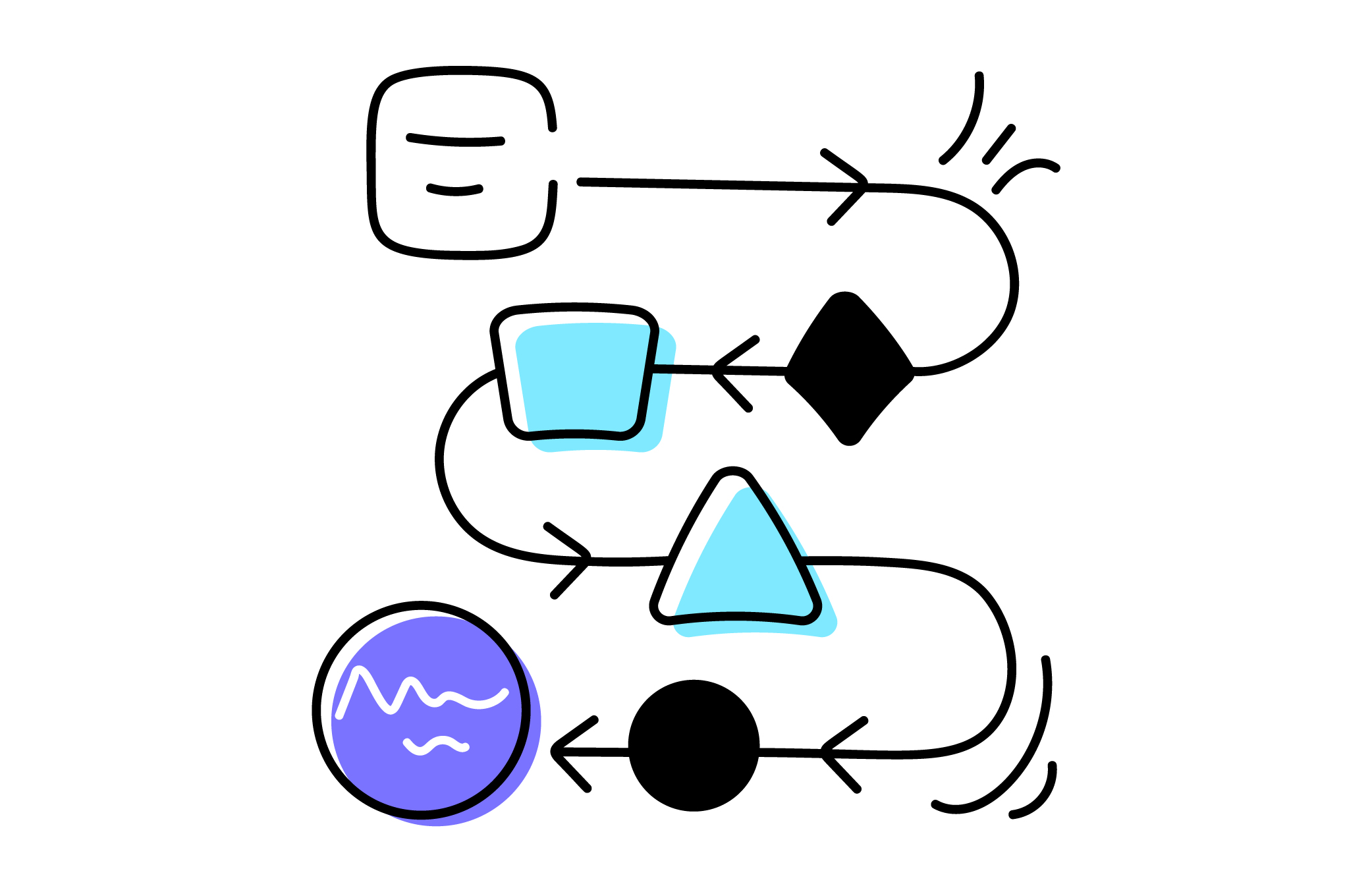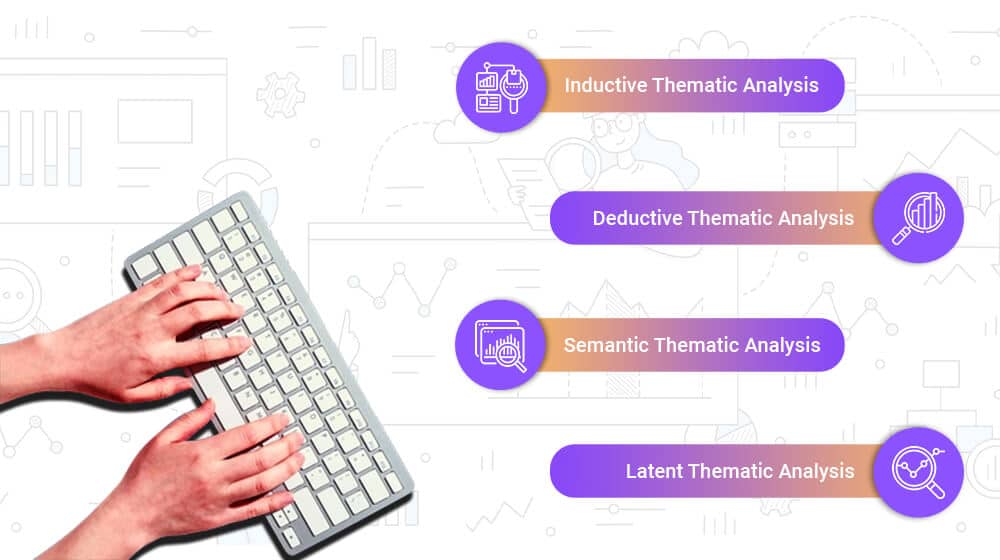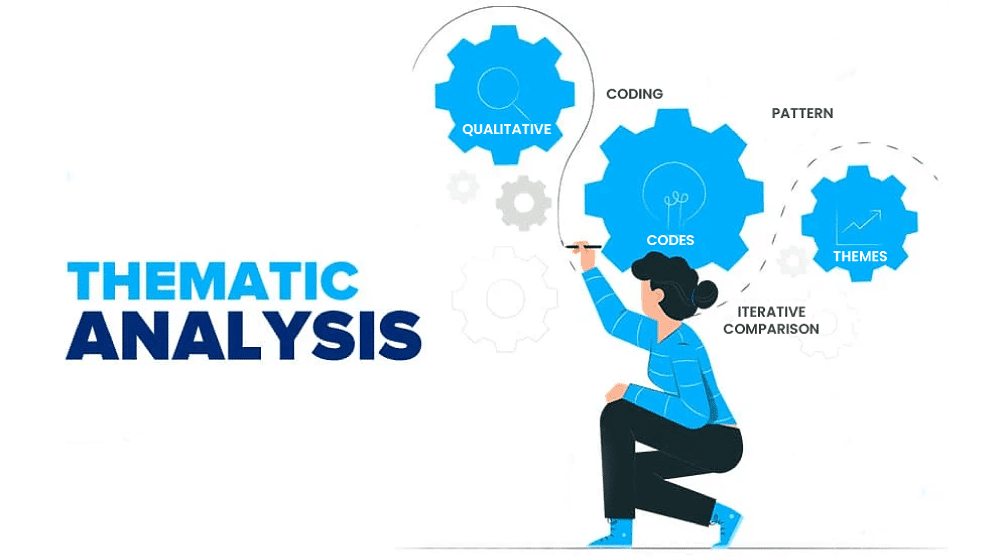Qualitative Comparative Analysis: A Simplified Approach for Researchers

In the research sphere, particularly within the social sciences, the evolution of qualitative comparative analysis (QCA) marks a noteworthy shift from traditional methods. QCA, an approach developed in the late 1980s by Charles Ragin. It systematically examines qualitative data within a comparative framework. This method is especially relevant when researchers aim to consider cases holistically, not just as a collection of variables, but also to maintain general generalization across cases.
However, as with any method, QCA has complexities and nuances. This blog post aims to simplify the concept of QCA for researchers, discussing its application, advantages, and integration with qualitative analysis software.
Understanding QCA: An Overview
Qualitative comparative analysis is a strategy for assessing the interplay of different conditions or variables and understanding how they contribute to an outcome. It’s fundamentally comparative, rooted in qualitative analysis, yet allows for quantitative significance tests. The method is particularly useful when dealing with a moderate number of cases. It seeks to understand the combination of factors leading to a particular outcome.
The Core of QCA: Crisp and Fuzzy Sets
QCA uses the idea of groups. In the crisp set QCA (csQCA), things are marked as 0 or 1, meaning they’re either in or out of a group based on specific rules. Like, in a study about what makes countries’ economies grow, countries with or without natural resources might be marked as “0” or “1.”
In a fuzzy set QCA (fsQCA), things can be partly in a group, with values from 0 to 1. This method understands that real-world situations can be complicated and lets researchers analyze more subtly. For example, countries in the economic study would get a value between 0 and 1 showing how much natural resources they have.
QCA is straightforward because of its clear, logical steps but can be complex when dealing with situations that aren’t just “yes” or “no.”
Incorporating QCA with Qualitative Analysis Software
The advent of qualitative analysis software has significantly enhanced the integration of QCA within qualitative research. These tools offer sophisticated functionalities that can streamline the QCA study process, especially regarding data management, coding, and analysis.
Data Management: One of the fundamental steps in QCA is data organization. Qualitative analysis software allows researchers to import data from various sources and formats. It efficiently manages and synchronizes data across different datasets. This capability is invaluable for QCA, where data from multiple cases must be compared and contrasted.
Coding: Coding in QCA involves categorizing data based on their membership in different sets. Qualitative analysis software enhances this process by allowing for nuanced coding, reflecting the fuzzy sets in fsQCA. Advanced software may support hierarchical coding, facilitating the analysis of complex relationships between conditions in a systematic way.
Analysis: QCA helps in identifying patterns and combinations of factors that lead to specific outcomes. Qualitative analysis software supports this through features like cross-case analysis and visual data representation. These functionalities allow researchers to identify commonalities and differences across cases. It helps to pinpoint the conditions essential for particular outcomes.
Advantages of QCA in Research
1. Holistic Case Examination: Unlike conventional methods that might reduce cases to isolated variables, QCA maintains the integrity of cases, considering them as configurations of interrelated parts. This leads to richer, more nuanced insights.
2. Middle Path Between Qualitative and Quantitative: QCA allows for a systematic comparison across cases, but unlike pure statistical methods, it doesn’t require a large sample size. It is an excellent approach for studies where deep, qualitative insights are desired, but the research context also calls for comparative, somewhat generalizable conclusions.
3. Emphasis on Causality: QCA is designed to understand causal complexity better. It acknowledges that outcomes may result from different, possibly intersecting, conditions and helps understand how they interact.
4. Flexibility: With the ability to accommodate both crisp and fuzzy sets, QCA is adaptable to the nuances of real-world data. This flexibility makes it applicable to various disciplines and research questions.
Limitations to Consider
However, QCA is not without limitations. The quality of the analysis is heavily reliant on the researcher’s expertise, particularly in defining criteria for set membership and interpreting complex causal relationships. Moreover, while QCA can handle a moderate number of cases, it becomes challenging to manage when dealing with very large datasets, a situation where qualitative analysis software becomes particularly useful.
Also, QCA requires a theoretical framework and deep contextual understanding. Researchers must be thoroughly familiar with their cases and have a clear theoretical grounding to draw meaningful conclusions.
Final Thoughts: The Simplified Approach
Incorporating QCA doesn’t have to be daunting. Researchers can effectively integrate this methodology into their research work by understanding its foundational principles, acknowledging its advantages and limitations, and leveraging qualitative analysis software. As with any research method, proficiency comes with study and practice, but the nuanced insights and holistic understanding that QCA can provide make this journey well worth the effort.
Don’t let complexity hinder your research potential. With ANT Datagain, explore a world where data becomes more than just numbers and words. Our platform is designed for researchers seeking depth and clarity, converting raw data into deep insights. Get a custom quote to know more!















